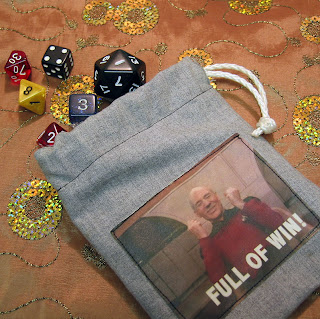I love Greek yogurt. I LOVE, love it. I love how rich and creamy it is, without being fattening or calorific. I love how when I eat it, I feel like I am having a decadent treat, but I'm actually eating a snack that is ultra healthy - packed with protein, calcium, and other essential nutrients.
What I don't love about store bought Greek yogurt is the price. A regular sized tub (~1/2 L) can cost anywhere from $5.00-$7.00. The other thing I don't love about store bought Greek yogurt is the artificial flavourings, fillers and other additives some brands contain.
But there's good news! Greek yogurt is easy and inexpensive to make at home. I made my own the other day, and it is rich, creamy, and soooooo decadent. Best of all, it cost only ~$1.50 - $2.00 per 1/2 L to make it at home!
Here's how I did it:
You will need:
A big pot, with a lid
A large mixing bowl
A large sieve, or collander that fits over your mixing bowl
Thick paper towels (~ 3 pieces), cheesecloth, or very clean dish towel, to act as a fine strainer
A kitchen thermometer that can read from 100° F - 180° F
A whisk
Ingredients
Milk (I used 2L to get 1L of yogurt)
1 Tbsp Plain yogurt per L of milk (choose a brand that you love, to achieve similar results, and make sure that you choose one that is as fresh as possible, and contains live active culture. Ex. Danone).
Vanilla (~1/2 Tbsp per L yogurt) *optional*
Sweetener to taste (brown sugar, honey, stevia, agave nectar, etc.) *optional*
Fruit preserves *optional*
1. Pour the milk into the large pot, and stirring frequently, heat to 180° F. Make sure you scrape the bottom of the pot frequently, to prevent burning. OR you can heat your milk in a microwave for ~ 17 minutes according to
this video tutorial Which is a really great instructional video.
EDIT:
I tried a batch using the microwave to heat the milk, and it didn't come out quite right. It was kind of goopy after incubating. It took twice as long to strain, although it did set alright and was ok the next day (not goopy any more), but definitely not as rich and creamy as my first batch. The only other thing that was different, was that I used a different oven, so perhaps the light was not as warm and incubation wasn't as effective? Either way, use the microwave at your own peril, I can't vouch for the results, as I didn't get great results when I made it this way.
2. Once your milk has reached 180° F, cover it and let cool to ~100° F or just slightly warmer than room temp. Then add approximately 1 Tbsp of live culture yogurt to the milk, to inoculate the milk, and stir it well.
3. Warm your oven to ~ 100° F, and turn on the oven light. Place your covered pot of inoculated milk into the warmed oven, and let incubate for ~6-12 hours. I also wrapped my pot in a dry dishtowel to provide additional insulation. If you make your yogurt before bed, it should be ready to strain by the time you wake up in the morning. When it is ready it should jiggle like jello, and be fairly thick and chunky.
4. Once your yogurt has finished incubating, prepare the strainer. Place the colander or sieve over a large bowl, and line with two layers of paper towels, a cheesecloth, or a very clean dish towel. Spoon your yogurt into the strainer very gently, to prevent losing solids, or ripping your paper towel. Once the bottom of the strainer is covered in yogurt, you may gently pour the rest of the yogurt into the strainer.
5. Cover your filled strainer with another paper towel, to reduce the amount of airborne stuff landing in your yogurt. Then place it into the fridge to strain for ~ 45 mins to 1 hour. You may need to empty the catch bowl of liquid whey part way through. When finished, you should end up with roughly equal parts yogurt and whey.
6. Pour your whey into clean jars to use for other purposes, such as in baking. Uncover your yogurt, and dump upside down into the large bowl. Gently remove the paper towel, cheesecloth, or dishcloth (the top left picture shows my yogurt once I removed the paper towel. You can see how firm it is and even the slight impression of the paper towel on the yogurt ;-)
7. With a whisk, whip your yogurt until nice and smooth. It is now ready to be poured into clean storage containers, if you prefer plain yogurt, or you may add sweeteners, vanilla, or fruit for flavoured yogurt. For my vanilla yogurt, I created a simple vanilla syrup by combining ~ 1/2 cup of demerrara sugar with a splash of whey and vanilla in a saucepan, over med-low heat, until the sugar was melted. I then whipped this into my yogurt, before pouring into storage containers. You can save a few Tbsp of yogurt as a culture for your next batch, and can store it even by freezing it.
8. Refrigerate yogurt for ~4 hours to let it set before consuming. Enjoy!























